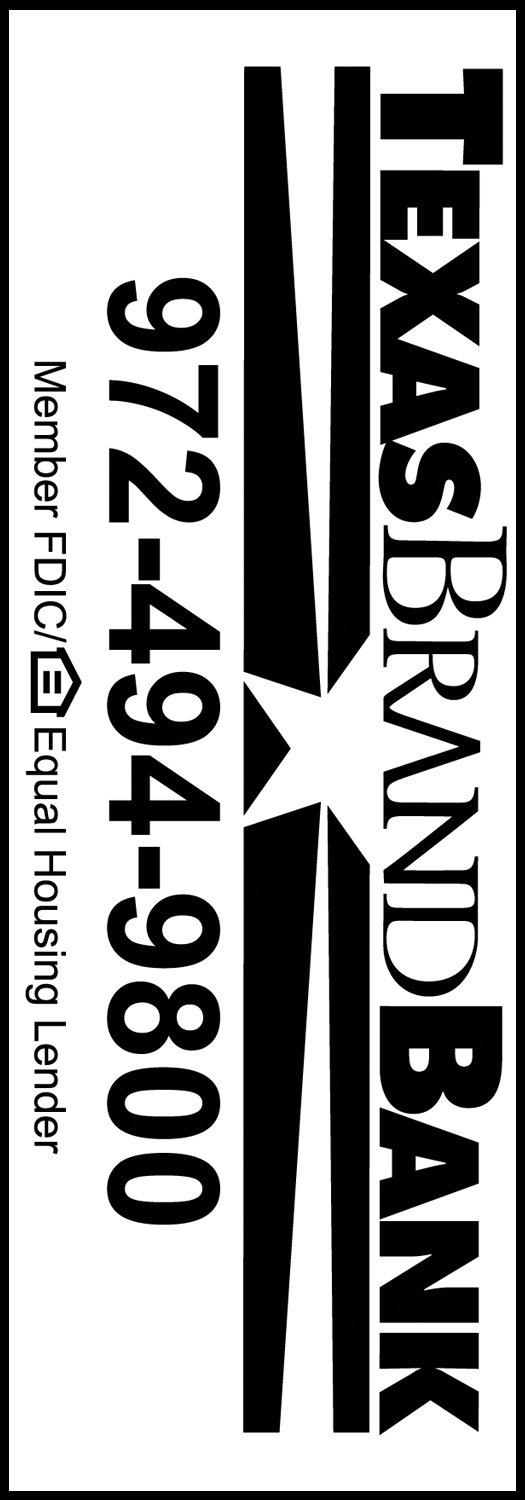
Fire erased that first depot in January of 1900, after Embree and Duck Creek had combined to form Garland and begun to established a business district near the present site of the square. Arson was suspected, but no one was arrested for the crime, and the railroad dallied in replacing the facility. News editor Will Holford repeatedly lambasted the line for its delay, which caused loading of freight and passengers from a makeshift dock somewhere south of the charred ruins. Finally, 20 months later, in July of 1901, this replacement building was opened on the west side of the tracks between present Main Street and Avenue A.
While the first depot was only 18’x70’, this <1901 Santa Fe Depot> measures 24’ x 90. Abrasive tests conducted about 1970 suggest that the building's exterior was originally painted red, and that it sported a green roof. News accounts stressed that it had oiled floors and ceilings in the waiting rooms, implying perhaps that the old one did not. No specific original plans survive for either building, which were reportedly designed and built by railroad employees making many decisions on site. But a study of contemporary depots on the Santa Fe line reveals several standard formats.
In October 1901, a train wreck almost demolished this building for which Garlandites had waited so long, if not so patiently. A double-header cattle train (pulled by two steam locomotives elephant-style) was barreling through town at full speed from the south when it struck a yearling on the tracks about where Avenue B crosses today, pushing the animal up the rails just past Avenue A, where the train derailed. The lead engine lurched to the left toward the depot, but smashed into pine timbers around a gravel platform near the waiting room. The trailing engine peeled off the track to the right. Both 60-ton locomotives and their coal tenders were demolished. The firemen and the engineer of the rear unit jumped off in time to save themselves, but the lead engineer was reportedly crushed under his locomotive, which spewed boiling water, fire and steam as it toppled over.

